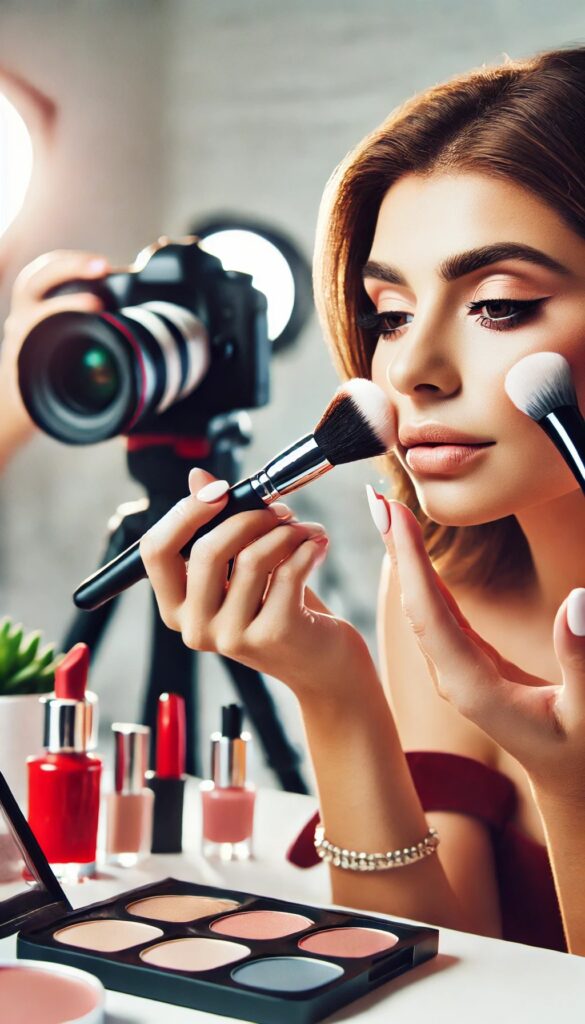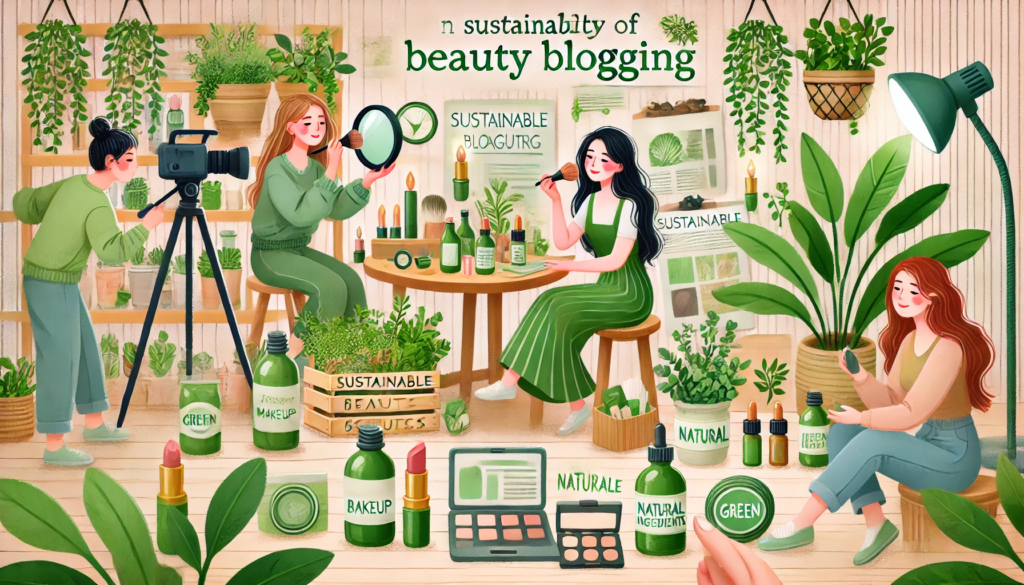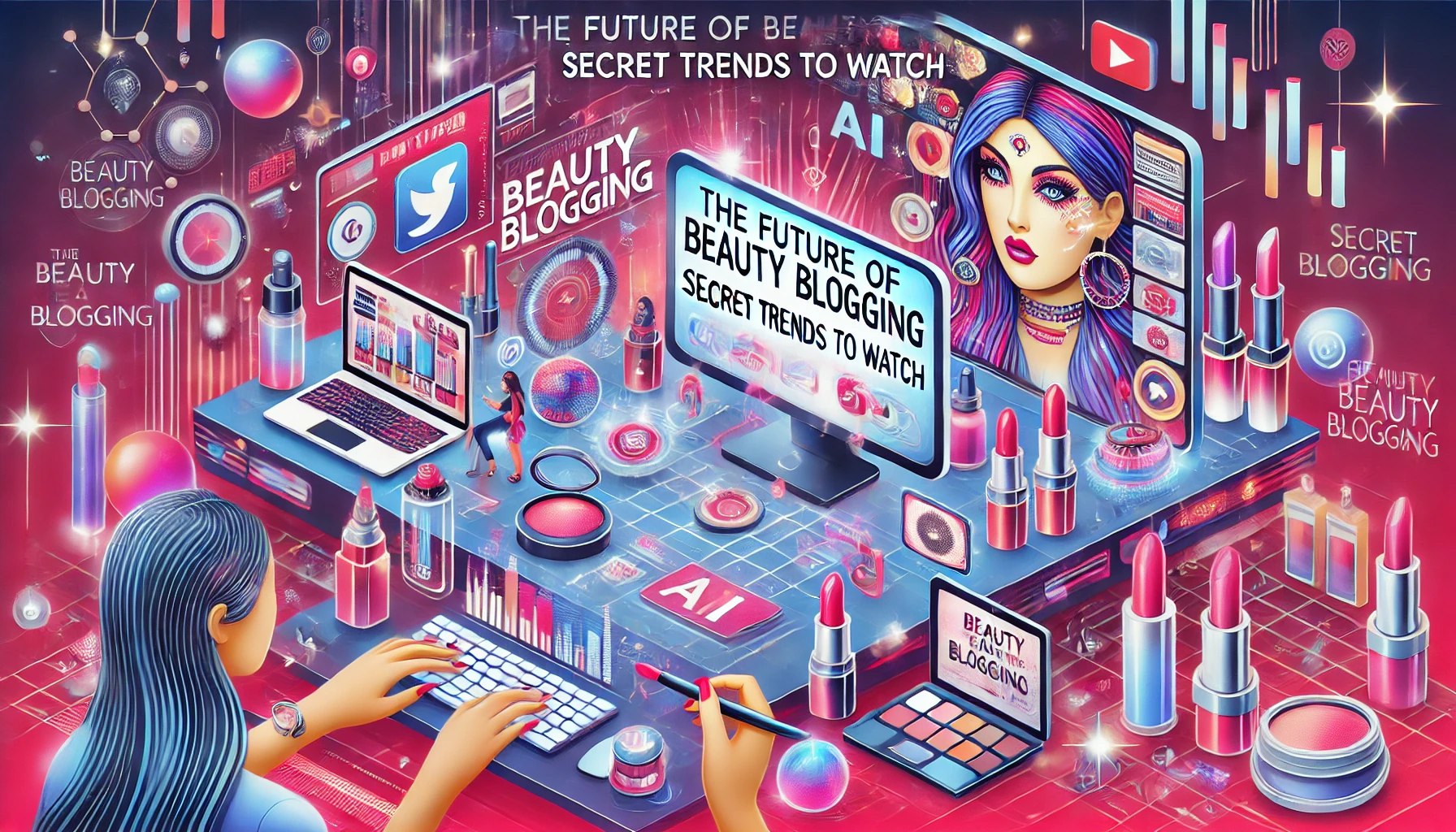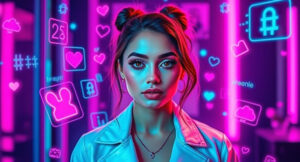Table of Contents
Find out the emerging trends that will define beauty blogging’s future, from new content strategies to technology-driven innovations set to transform the industry.
- How AI is Enhancing Beauty Blogging:
- 2. Influencer-Led E-Commerce: A New Revenue Stream
- 3. The Power of Short-Form Content: TikTok and Reels
- 4. Sustainability and Conscious Beauty Blogging
- 5. Hyper-Personalized Content Using Data Analytics
- 6. The Return of Long-Form Content
- 7. The Evolution of Beauty Tech
- Conclusion: Preparing for the Future of Beauty Blogging
As the beauty industry evolves, so does the role of beauty bloggers and influencers. With digital transformation, new platforms, and changing consumer behaviors, staying ahead of emerging trends is key to long-term success in beauty blogging. In this article, we will explore the secret trends shaping the future of beauty blogging, from content creation strategies to the influence of cutting-edge technologies.

1. The Rise of AI-Powered Content Creation
One of the biggest shifts in the beauty blogging landscape is the rise of artificial intelligence (AI) tools designed to help bloggers create more engaging, personalized content.
For example, AI-based editing tools can enhance your photography and video content, ensuring the highest quality images and videos for your audience.
How AI is Enhancing Beauty Blogging:
SEO Optimization: Tools that use AI can provide real-time feedback on how well-optimized your blog post is, from keyword placement to readability.
Content Personalization: AI tools analyze user behavior to recommend the most relevant content for your audience.
Advanced Editing: AI photo and video editors streamline the content creation process with automated filters and editing features.
2. Influencer-Led E-Commerce: A New Revenue Stream
While affiliate marketing and sponsored posts remain important, influencer-led e-commerce is a trend gaining serious traction. Bloggers are increasingly launching their own beauty product lines, offering exclusive merchandise, or selling beauty kits directly to their audience.
Platforms like Shopify and Instagram Shopping have made it easier for beauty bloggers to launch e-commerce stores and create shoppable content directly through social media. This transition allows influencers to monetize their following and build a more diversified income stream.
E-Commerce Tips for Beauty Bloggers:
- Launch a Product Line: Consider creating a beauty product, whether it’s skincare, makeup, or tools, to sell to your followers.
- Use Shoppable Posts: Platforms like Instagram now allow bloggers to create posts that let users purchase products with one click.
- Affiliate Programs: Continue using affiliate links but include them in combination with shoppable content for maximum conversion.
3. The Power of Short-Form Content: TikTok and Reels
Short-form content, primarily through TikTok and Instagram Reels, has become a dominant trend. Beauty bloggers are now using these platforms to deliver bite-sized tutorials, quick product reviews, and beauty hacks that are both fun and engaging.
The shift towards short-form content reflects the declining attention span of online audiences, who are looking for fast, informative, and visually appealing content. Mastering short-form video production will be essential for beauty bloggers aiming to reach a broader, younger audience.
How to Leverage TikTok and Reels:
- Post Tutorials: Create quick how-tos on makeup looks or skincare routines.
- Go Behind the Scenes: Share glimpses of your day-to-day life as a beauty blogger.
- Product Reviews: Showcase products in action with concise, engaging videos.
4. Sustainability and Conscious Beauty Blogging

As sustainability becomes a driving force in the beauty industry, beauty bloggers are increasingly focusing on ethical and eco-friendly content. Many beauty consumers today are seeking brands and influencers who prioritize sustainability, whether it’s promoting zero-waste products or highlighting cruelty-free and vegan beauty brands.
Bloggers who align their content with sustainability trends can build trust with a growing demographic of eco-conscious consumers.
Sustainability Strategies for Beauty Bloggers:
- Review Sustainable Products: Focus on brands that emphasize green beauty practices, such as RMS Beauty, Bite Beauty, or Aether Beauty.
- Collaborate with Eco-Friendly Brands: Partner with brands that promote environmentally friendly products or packaging.
- Educate Your Audience: Share tips on sustainable beauty practices, like how to minimize waste in skincare routines.
5. Hyper-Personalized Content Using Data Analytics
Beauty bloggers who use data analytics to understand their audience are likely to succeed in the future. With tools like Google Analytics and Instagram Insights, bloggers can track engagement rates, audience demographics, and other important metrics to tailor their content.
This trend allows bloggers to offer hyper-personalized experiences to their followers, which is crucial for maintaining engagement and building a loyal community.
How to Use Data Analytics Effectively:
- Understand Your Audience: Analyze which types of posts generate the most engagement and cater your content accordingly.
- Track SEO Performance: Use analytics to see how well your blog posts are ranking and adjust your keywords and topics based on what drives traffic.
- Segment Your Audience: Deliver targeted content to different audience groups based on their preferences and behavior.
6. The Return of Long-Form Content
While short-form content dominates platforms like TikTok, long-form content such as in-depth blog posts, YouTube videos, and podcasts are still incredibly valuable. These formats allow beauty bloggers to offer detailed tutorials, reviews, and advice, which provide more value to followers who seek detailed information on beauty products or techniques.
Bloggers can use a mix of both short and long-form content to cater to different audience preferences, ensuring that their followers stay engaged.
Tips for Creating Long-Form Beauty Content:
- In-Depth Reviews: Offer thorough, honest reviews of beauty products, including pros, cons, and step-by-step tutorials.
- Educational Content: Create detailed guides or explainers on specific beauty techniques or skincare routines.
- Collaborate with Experts: Invite skincare professionals or makeup artists for interviews or guest posts to add credibility to your content.
7. The Evolution of Beauty Tech
Beauty tech is revolutionizing the industry, and bloggers who embrace this trend will stay ahead of the curve. Innovations such as AI-powered skincare analysis apps, virtual try-on tools, and personalized beauty recommendations are becoming increasingly popular.
Beauty bloggers can use these tools to create more interactive, tech-driven content that appeals to tech-savvy audiences.
How Bloggers Can Leverage Beauty Tech:
- Use Virtual Try-On Tools: Many brands, including Sephora and MAC, offer virtual try-on tools that allow users to test makeup looks digitally.
- Review Beauty Apps: Showcase the latest beauty tech apps that analyze skin conditions or recommend personalized products.
- Promote Beauty Gadgets: Explore gadgets like LED masks, facial cleansing devices, or microcurrent tools that enhance skincare routines.
Conclusion: Preparing for the Future of Beauty Blogging
The future of beauty blogging is bright, but staying ahead requires a proactive approach to emerging trends. Bloggers who embrace technology, focus on sustainability, and adapt their content strategies to fit new platforms will thrive in this evolving landscape. Whether it’s through AI-driven content creation, short-form videos, or influencer-led e-commerce, the next generation of beauty bloggers will need to be agile, innovative, and always ready for what’s next.
FAQs
- What are the key trends shaping the future of beauty blogging?
The rise of AI-powered content creation, influencer-led e-commerce, short-form content on TikTok and Instagram Reels, and sustainability are some of the key trends. - How can I incorporate sustainability into my beauty blog?
You can review eco-friendly products, collaborate with sustainable beauty brands, and educate your audience about conscious beauty practices. - What is influencer-led e-commerce?
Influencer-led e-commerce allows bloggers to sell their own products or create shoppable content, providing them with new revenue streams. - Why is data analytics important for beauty bloggers?
Data analytics helps bloggers understand their audience’s preferences, allowing them to create hyper-personalized content that drives engagement and growth. - How will beauty tech influence content creation in the future?
Beauty tech tools like virtual try-ons, AI skincare analysis, and beauty gadgets offer new opportunities for bloggers to create innovative, tech-driven content.
Valeria





